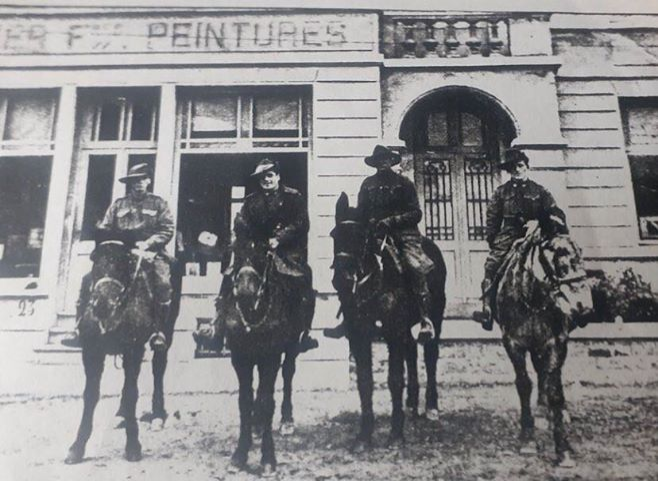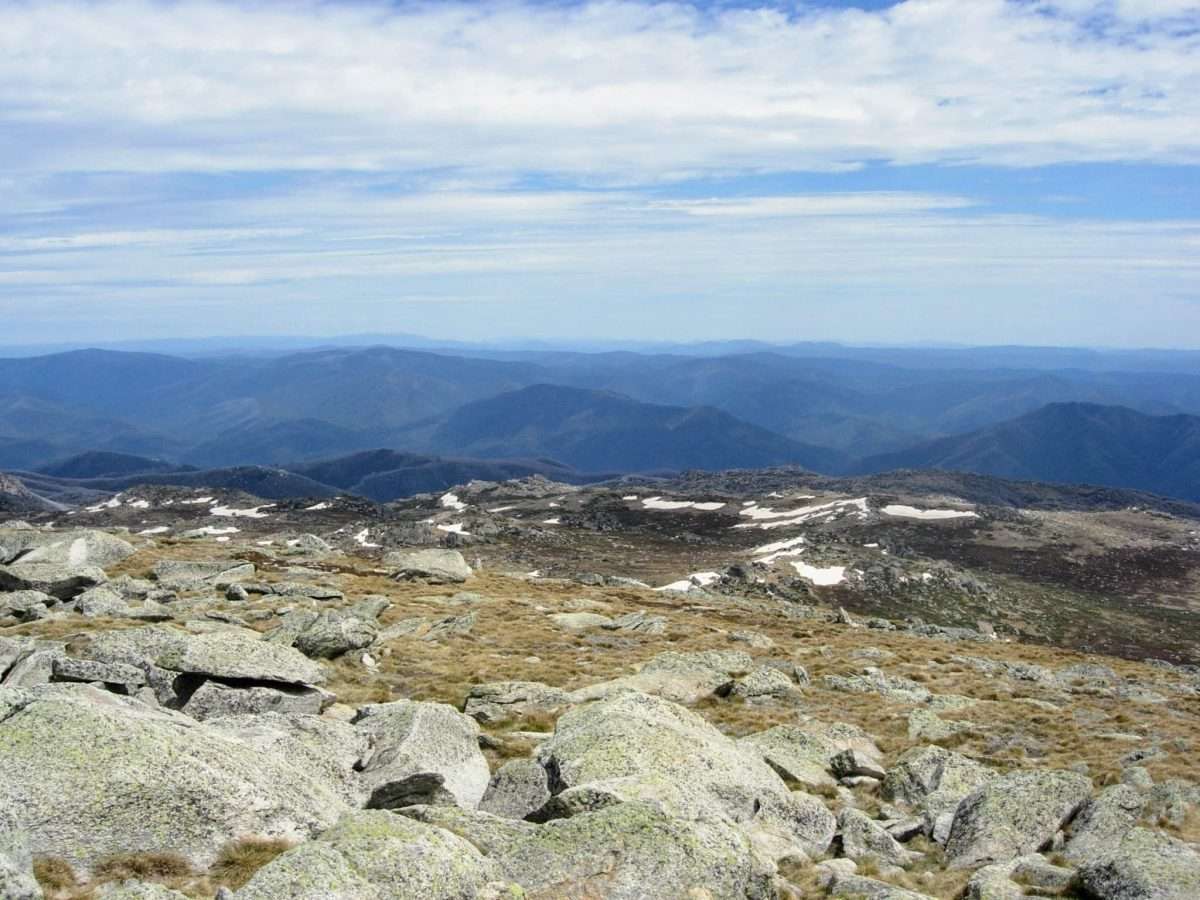Snowy Mountains
Snowy Mountains
The Snowy Mountains are part of the Alpine Region that lies in the New South Wales and Victoria border area. Located in southern New South Wales, they are the tallest mountain range in the Great Divide.
Some of the first horses in the area were descended from the pack horses Count Strzelecki released at the Latrobe River in 1840, when he ran out of food for his men and they had to make their way by cutting through tough scrub to get out by another route. This brave Polish explorer named Kosciusko after a famous artillery officer back in Poland.
Horses were bred in the greater Snowies area since early colonial times. People needed horses for stock work and transport, and general farm work. Racehorses were popular with some farmers such as the Mitchells, in those times all were stayers.
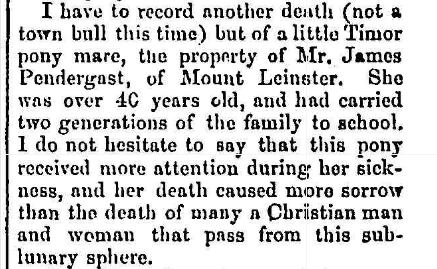
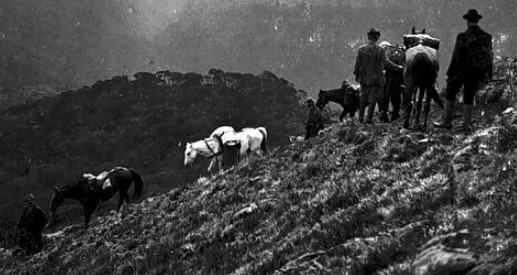
Many draughts, Thoroughbreds, Timor Ponies are all recorded going to the area, some early Arab stallions from India, pony sized. Cobs and Roadsters also went there, such as those bred by Owen Martin, and Frank Brown – many of Brown’s were known to have joined the wild bush horses.
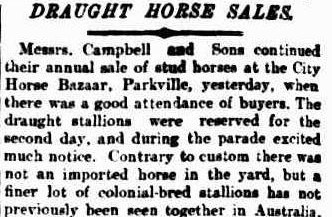
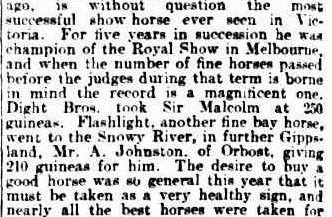
Images from The Argus (Melbourne) Thursday August 6, 1903
Horses and ponies went wild from earliest times. They became a livelihood for many, mustering and taking the brumbies out to sales such as Wodonga, Bairnsdale, Dandenong, Trafalgar and others. Many went for the overseas trade. Some went for police horses.
Some of the earliest wild horses there were six good Barb stallions taken to the Monaro in the early 1850’s by Ben Boyd. He’d imported them on his ships the Seahorse and the Wanderer, for breeding India horses. Boyd abandoned his property there and the stallions went wild. These top-class stallions most likely left a genetic legacy of markings we call Spots, so be sure to look for them on horses caught these days.
Packing supplies in, and materials to build huts etc was all done by horse. Below for example are two Jim Nankervis images, with details supplied by Narelle Irvine (who has much experience, over decades, of the huts and area): “Tom Groggin, 1930s, photo by Jim Nankervis. Bark being carried for roofing for Cascades Hut, 10km south of Dead Horse Gap. We think the photos were taken in 1934.”
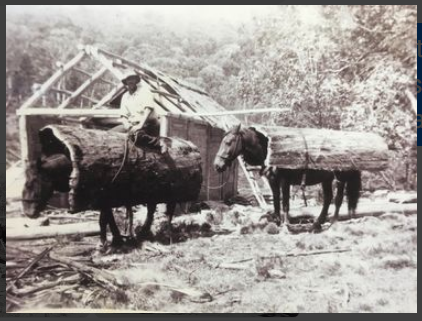
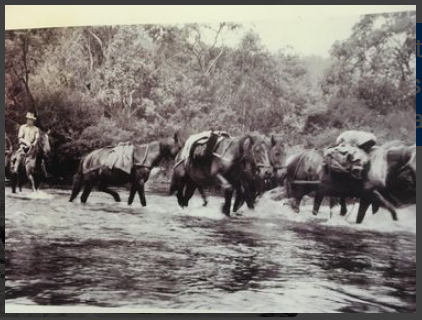

The Argus, 8 April 1914
In 1914 over 1,100 horses were sold at Wodonga at one sale, many described as remounts suited to the India trade. It took several days after mustering to drive the horses to sales from the various Snowies areas.
‘India shipping horses’ means Walers bred for the India trade. Virtually all horses at Wodonga sales were from the Snowies.
Horses were also sold at Bairnsdale sales and Trafalgar sales (both Vic) and others. It was a big trade, usually taking a few days to muster the horses then drove them to the sales.
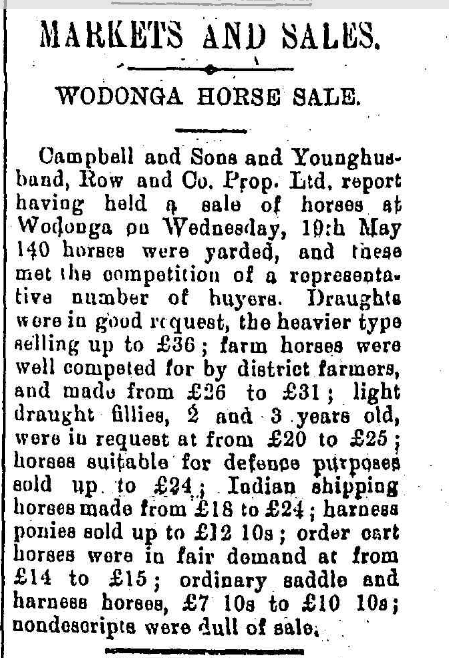
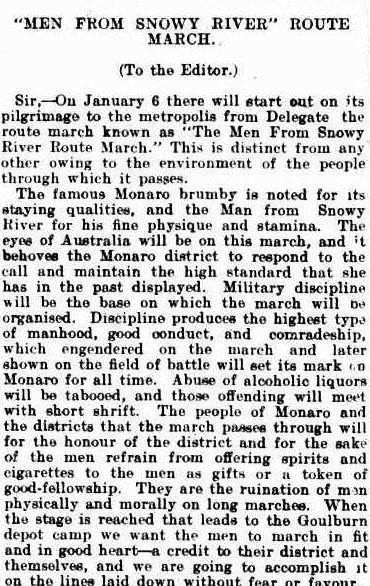
In the 1930’s and 40’s trekking to the mountain on horses, with guides, was popular. Some trout fishermen also got there on horses, from the 1890’s. Horses were used to pull sleighs with tourists and supplies to the Chalet. Local horses were used to pull the mail coaches.
There was always sale money from horses bred on stations, as well from mustering those gone wild. They had an excellent reputation for being hardy and wise.
You can read more about the horses from the Bago/Maragle area here, where some of the big stations were set up in the 1830s and 40s; the Bago State Forest is adjacent to Kosciuszko National Park.
We are grateful to be able to share this wonderful family photo (sent to our Facebook page by profile name Nik Nak) of Frederick William Jury of the 8th Light Horse (second from right/ third from left). They rode into a town in France for supplies, purchased from the shop behind them. The Jury family were from Mansfield, and Frederick took his own local horse to WW1.
